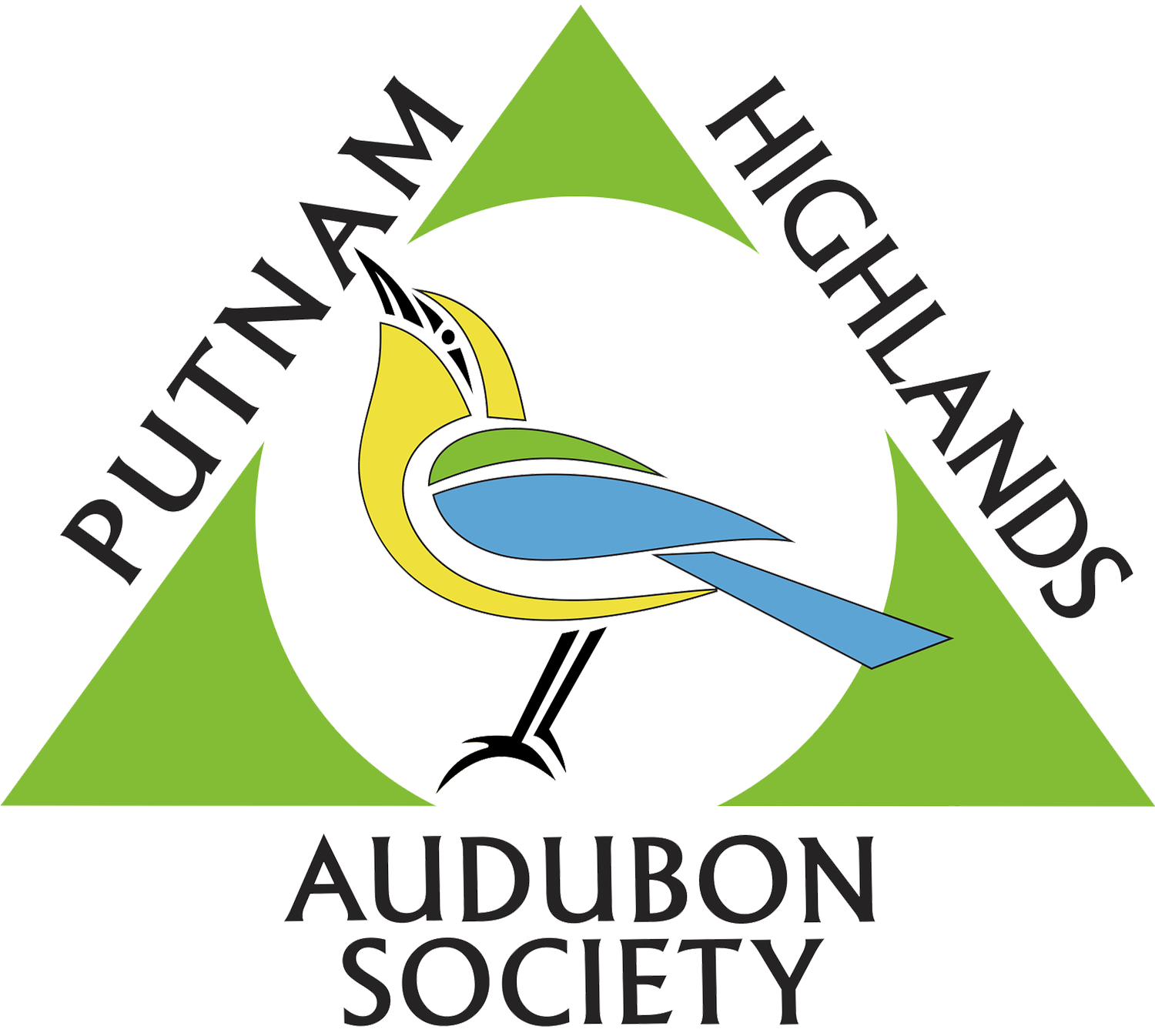Sunken Mine Road Bird Walk 2025
By Young Birder, Arabella P. - August 2, 2025
After weeks of high temperatures and humidity, we were treated to an unusually cool August morning as we gathered at the intersection of Sunken Mine and Dennytown Roads. The early morning sun shone down on the surrounding maples, oaks, and birches as Cedar Waxwings flew overhead, their whisperings of “tsee” echoing throughout the forest’s edge while American Goldfinches cheerily bounced about the sunlit leaves. This bird walk was no ordinary bird walk: first, it was intended to bring a heightened appreciation for nature through the identification of various native, non-native, and invasive plants, insects, and whatever else we might find on our walk (and when it came to plants, we found quite a few!). Additionally, it was my first time leading an audience of adult birders, and what an auspicious beginning it was. I was incredibly fortunate to be surrounded by a supportive and kind group of adult birders who made this first experience of leading a walk even more special.
After a brief introduction to the history of Sunken Mine Road and the surrounding area, we began our journey through the woods, accompanied by the energetic chatter of American Redstarts and the plaintive song of Eastern-wood Pewees singing their name. Wherever humans have trekked in the Hudson Valley, they have helped to spread invasive species. The area surrounding Sunken Mine was no exception: almost immediately we came across invasive Japanese Barberry, Multi Flora Rosa, Mugwort, and Asiatic Bittersweet, species which we continued to see throughout the duration of our walk. There were, however, glimpses of the native species that help nourish our feathered friends, either with the fruits they bear or the insects that they attract. Striped Maples, with their green striped bark and large leaves, which some have compared to the shape of a goose foot, along with Witch Hazels, the only tree in North America to have flowers, fruit, and buds for the next year all at the same time, could be seen throughout the forest, creating an understory for those who call this area home.
We paused at a large, sunlit clearing which became full of activity shortly after our arrival; Pewee fledglings begged for food as a vibrant male Baltimore Oriole gleaned for insects in the trees, his feathers taking on a golden glow in the sunlight. As we continued down the road, listening for any unfamiliar songs or calls, one sharp set of ears heard the distinctive screeching of begging Barred Owl young, and we hurried back to search the woods. Despite our best efforts of scanning cavities and hollows and peering throughout treetops into the edge of the surrounding wetland, our efforts were not rewarded.
Continuing on, a Louisiana Waterthrush passed by, sounding its metallic chip note as it headed to a nearby stream to search, perhaps, for a morning breakfast of aquatic insects. Upon arriving at a grouping of ponds, we scanned the water, admiring the native lily pads that blanketed the surface, and the cattails (native reeds which provide habitat for a variety of species, from birds to turtles, frogs, and insects) lining the shore as a Black-and-white Warbler sang its squeaky song in the distance. An Eastern Phoebe captivated our attention for several minutes, exhibiting its classic sally-hawking behavior on reeds and low branches alongside the pond while occasionally landing on a lily pad to wag its tail; some of us questioned whether snapping turtles might make an easy meal of those birds who used the lily pads as a resting spot. Fortunately, on this walk we were spared from such discoveries.
Farther along, we noticed the remnants of what was likely an old mine shaft near the pond. Closer to the pond’s edge, we stopped to admire the Monkey Flowers, Maiden’s Hair Ferns, Royal Ferns, and Swamp Milkweed while documenting our findings with our cameras to later upload on iNaturalist. As we made our way back into the woods, we came across Mountain Laurels, no longer bearing their showy flowers that frequently attract pollinators, including Ruby-throated Hummingbirds. With no laurel flowers, hummingbirds fed from nearby orange jewelweed (an annual plant that self-seeds) that lined the trail, chittering as they flitted about.
We neared a small stream with dark, moss-covered rocks, perfect habitat for waterthrush (although none were to be found at that moment), and then began our return journey, pausing here and there to observe American Redstarts flitting about and straining to catch glimpses of Red-eyed Vireos foraging throughout the canopy. Although not a rare find, we were still awed by the beauty of a crimson Northern Cardinal male showing off his elegant plumage – a useful reminder that the common birds still deserve to be admired. As we neared the end of our walk, we stopped to appreciate and provide words of encouragement to an American Chestnut sapling, likely an offshoot of a root system that continues to give rise to chestnut saplings. Although now considered a rare find, the American Chestnut was once the most abundant tree in our eastern U.S. forests before being devastated by a fungal disease, which was present on Japanese Chestnut trees that were introduced to North America in the early 1900s. Sadly, this little sapling will likely also succumb to the blight as almost no trees reach maturity.
Our adventure concluded with a total of 34 species and a great deal of newly-gained knowledge from the community of naturalists and birders who came together on this morning to inspire us all. A huge thank you to everyone at Putnam Highlands Audubon for their unwavering support of the next generation of birders and naturalists.



